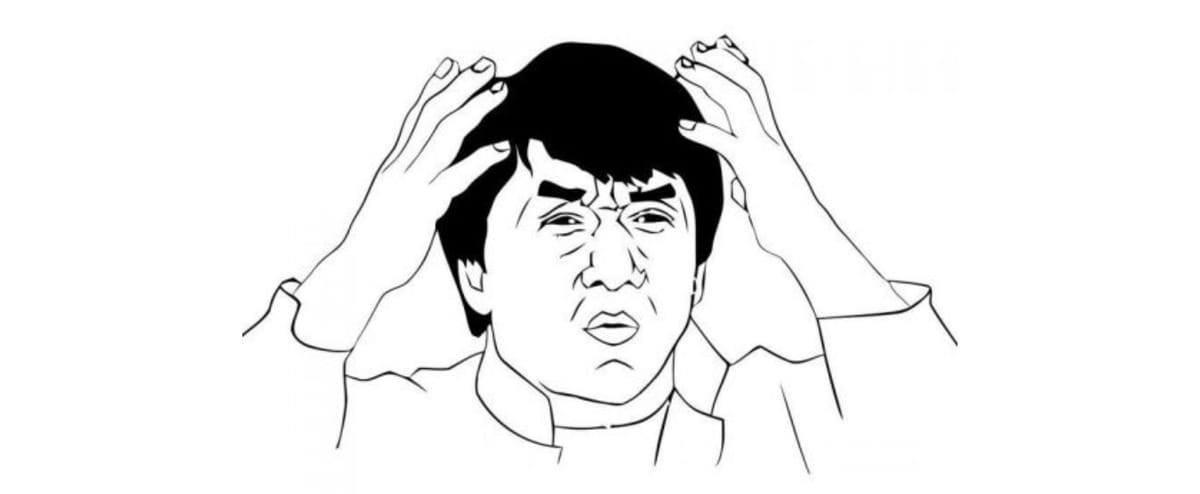The Cuts That Keep Us in the Dark: What Happens When Health Data Disappears

“You can’t fix what you can’t see.”
That’s the quiet emergency unfolding in public health right now—and most folks don’t even know it’s happening.
In the first 100 days of the Trump administration, more than a dozen federal health-tracking programs were cut or gutted. That includes data collection on maternal health, youth vaping, workplace illness, and drug use. In other words, the very tools we use to understand and respond to public health crises have been tossed aside like last season’s budget memo.
🧾 Summary Table: Eliminated or Cut Health-Tracking Programs
| Program | Purpose | Status |
|---|---|---|
| Hospital Data on Nonfatal Injuries | Tracked ER visits from shootings, crashes, drownings, etc. | Eliminated |
| National Intimate Partner & Sexual Violence Survey | Captured sexual violence incidents not reported to police | Eliminated |
| Pregnancy Risk Assessment Monitoring System | Collected maternal health data before, during, and after childbirth | Eliminated |
| National Youth Tobacco Survey | Measured youth smoking/vaping, including among school dropouts | Cut |
| NIOSH (Workplace Safety Programs) | Monitored job-related illness and death, especially in oil/gas industries | Severely Cut |
| National Survey on Drug Use and Health | Measured drug use across the U.S. population | Eliminated |
| CDC Forecasting and Outbreak Analytics Center | Predicted disease outbreaks (e.g. measles, COVID-19) | Halted |
These programs weren’t just "data collection" for paperwork. They were lifelines—tools that helped shape everything from CDC recommendations to local community health initiatives.
Why Culture and Context Matter
When data disappears, so do the communities behind it.
The programs that were cut provided critical information about maternal health outcomes, youth vaping habits, injuries from gun violence, and drug use trends. Without these insights, it becomes harder to identify where the real problems are and who is most affected.
The impact falls hardest on groups already dealing with health disparities: Black and Brown communities, young people not in school, workers in dangerous industries, and families living paycheck to paycheck.
This isn't just a policy shift—it’s a setback in visibility, accountability, and care. We've seen what happens when systems overlook certain groups. Those gaps don’t stay in the data—they show up in ERs, cemeteries, and communities that get left out of funding and services.
The warning signs are here. Ignoring them won’t make the problems go away.
Here’s how we push back and build forward:
- Stay loud. Talk about this. Share this newsletter. Most folks have no clue this happened.
- Support community data efforts. Grassroots orgs are out here trying to pick up the slack—support them.
- Push your local reps. Ask what they’re doing to fund local health data collection or replace the programs cut at the federal level.
- Don’t wait on permission. If you're in public health, find creative ways to gather stories, lived experience, and real-time data in your work.
📢 Let’s Build a Remedy, Together
The loss of these programs hurts all of us, but especially those who’ve already been told their stories don’t matter. Let’s change that.
📩 Share this with a friend.
💬 Hit reply or tag us @TheHealthyProject if you’ve got thoughts, local stories, or ideas for how we fill the gap.
